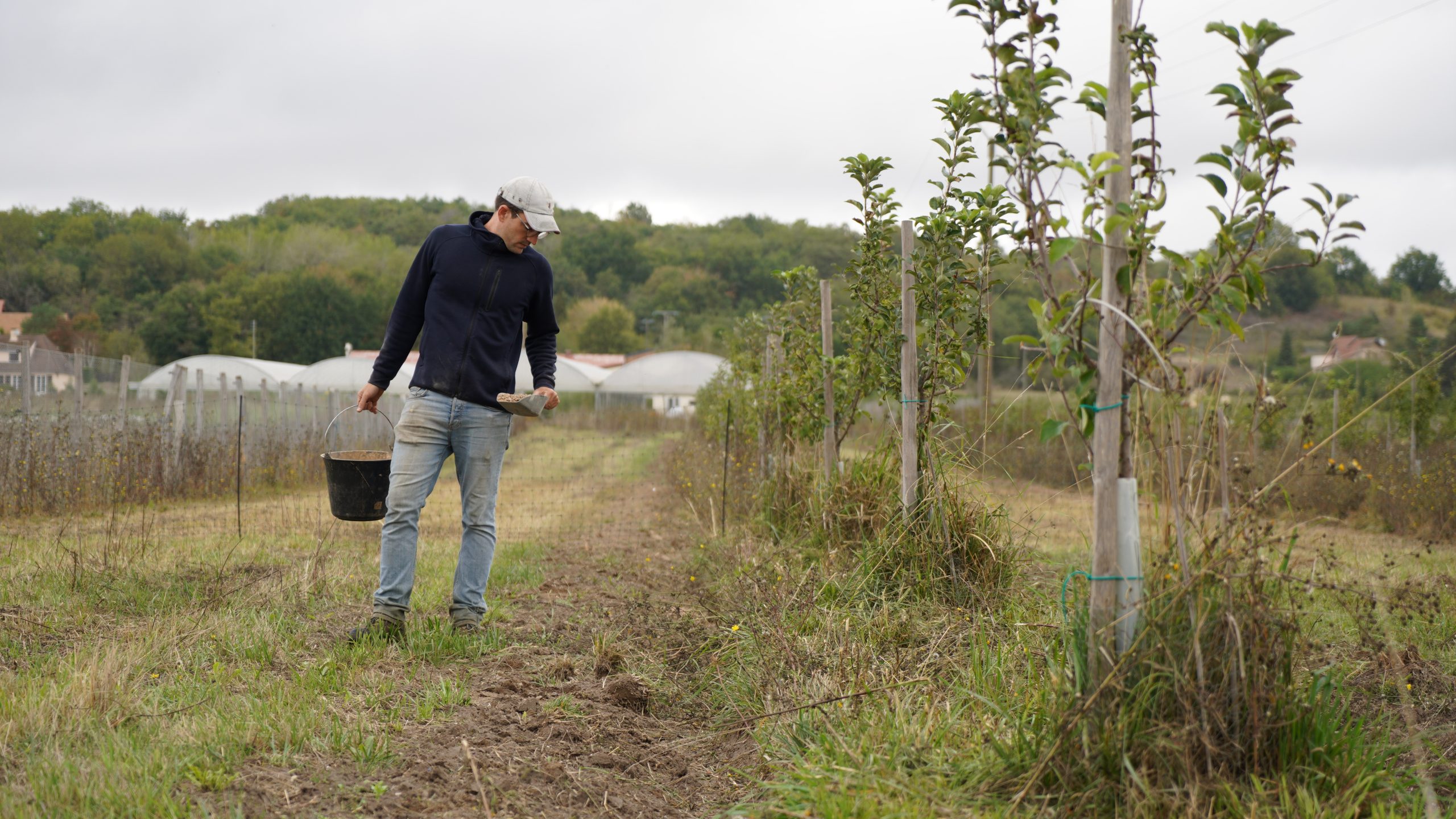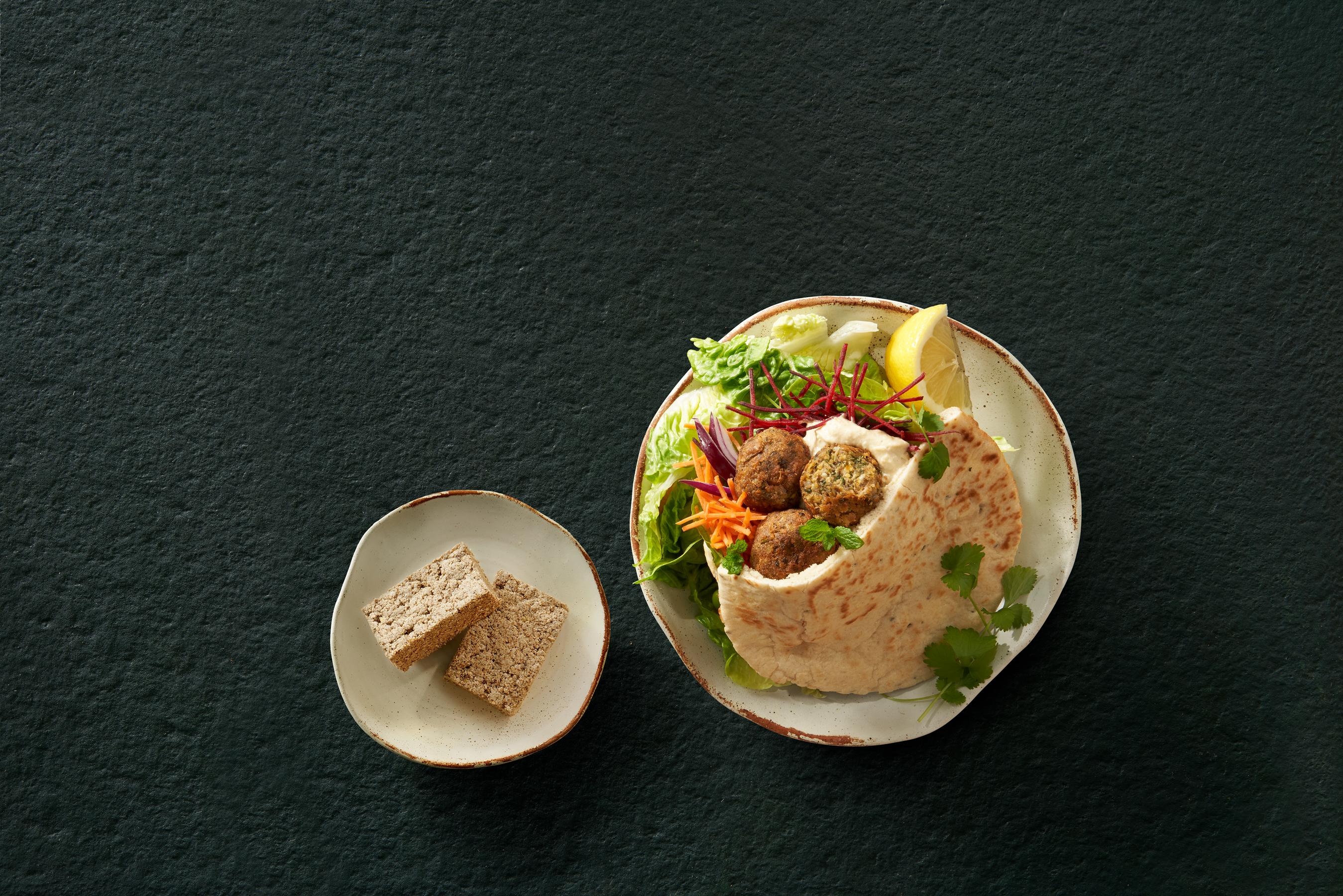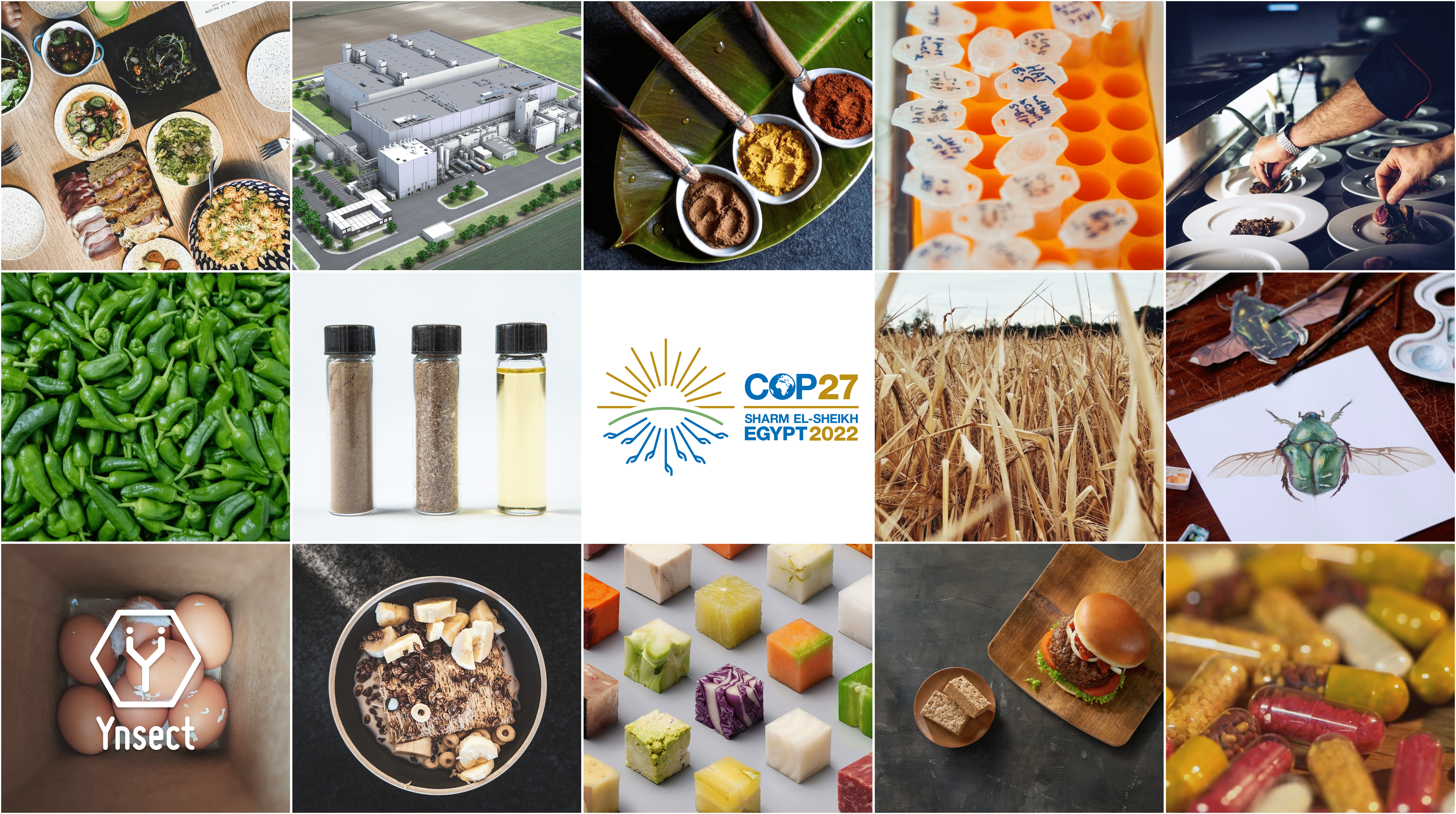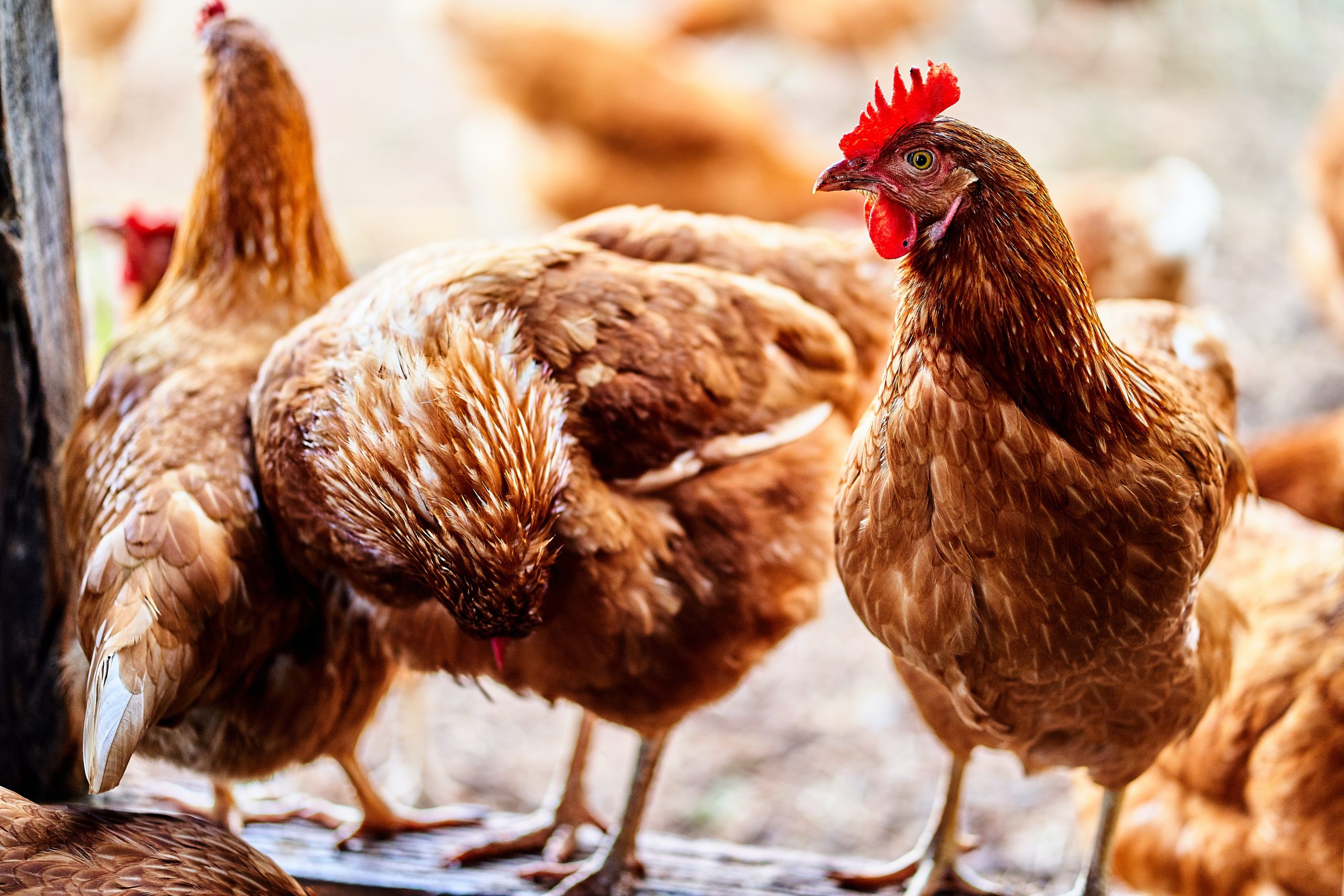In the global quest to achieve net-zero emissions by 2050, the focus is overwhelmingly on measures that must be taken to reduce the amount of greenhouse gases that are produced through human activity and released into the atmosphere. This is unquestionably critical; however, “net zero” is a two-way street, and the other side of the equation concerns what can be done to accelerate the removal of greenhouse gases from the atmosphere. Most people are aware that plants sequester and store carbon; perhaps fewer are aware that much more carbon is stored in healthy soils than in above-ground vegetation. Therefore, maintaining soil health plays a vital role in mitigating climate change.
The benefit of organic fertilisers
In this regard, there is potentially a very important role for organic fertilisers in agriculture: studies have shown that adding organic matter in the form of organic fertilisers, such as farmyard manure, not only directly increases the organic carbon content of the soil, but also greatly increases the soil’s ability to sequester carbon[1]. This is in contrast to synthetic fertilisers — also known as NPK fertilisers — which can be actively bad for the environment: their application to the soil can kill beneficial soil microorganisms and cause pollution of lakes and groundwater; and their production is energetically costly[2]. Despite these negative effects, NPK fertilisers remain more widely used in agriculture because of their ability to supply consistent, precise amounts of nutrients to the soil, their ease of application, and their rapid effect. In contrast, it can be difficult to determine the precise quantities of nutrients in commonly-used organic fertilisers, such as manure and compost, which are also bulky, smelly, and require a long time to break down before the minerals can be absorbed.[3] Hence, if farmers are to be persuaded to increase their use of organic fertilisers, it is important to find an organic fertiliser that is both as effective and as convenient as NPK fertilisers.
A new organic fertiliser from insect farming
A promising new candidate is the excreta from insects — known as frass. Until recently, frass was a fairly inconsequential consideration in agriculture. However, the recent interest in insects as a potential alternative food source, thanks to their high nutritional value and small ecological footprint, has seen rapid growth in insect farming. Insect-based pet foods are already commercially available, and it is expected that the market will continue to increase dramatically over the next few years. The quantities of frass produced as waste during this farming process — what we might refer to as “insect manure” — are skyrocketing correspondingly, and hence its potential for use as an organic fertiliser has been the subject of many recent studies.
Frass is as effective as NPK fertilisers
So how does frass stack up, in comparison to other fertilisers? Research to date is very promising. In terms of its composition, frass contains concentrations of N, P and K that are at least as high as you would find in poultry manure, which is considered to be a rich organic fertiliser[4]. Importantly, when frass is incorporated into soil, it decomposes very rapidly, releasing over one-third of its C and N content within the first week[5] — as opposed to around a year, for farmyard manure[6]. This rapid mineralisation makes frass competitive with NPK fertilisers — and indeed, direct comparisons show that plants fertilised with frass show equivalent yield and quality, based on measures of biomass, leaf length and nutrient uptake, as plants fertilised with NPK fertilisers[7].
Frass actively improves soil health
While NPK fertilisers are known to have negative side-effects for soil health, such as compromising the ability of the soil to catabolise amines and reducing substrate utilisation of carboxylic acids[8], there are many indications that frass actively improves soil health. Plants fertilised with frass show a greater ability to respond to stresses, such as salinity, drought and flooding, than plants fertilised with NPK fertilisers[9]. This could be due, at least in part, to greater microbial activity in the soil: frass itself contains thousands of microorganisms, both bacterial and fungal; and it also contains a high fraction of labile organic carbon, which is the major food source for soil microbes. There is some evidence that frass also confers benefits to macro-organisms, such as earthworms: N uptake by barley is improved by either frass or the presence of earthworms, but the effect is greatest when both are present.[10] This suggests that frass may stimulate earthworm activity; although it may also be the case that worms stimulate the release of N by frass. Either way, it is an indicator of soil health.
Overall, frass is rapidly emerging as a competitive alternative to mineral NPK. It produces equivalent yield over similar time frames, with none of the negative environmental effects associated with synthetic fertilisers — on the contrary, it actively improves soil health and carbon content. Perhaps the cherry on the cake is that, in contrast to other organic fertilisers, it is also virtually odourless[11]. Although it is unlikely that frass would completely replace NPK fertilisers, at least in the short term, it seems clear that it has an important role to play in creating a more sustainable future for agriculture.
References
[1] Li et al. (2021). Global Change Biology 27(20): 5356–5367.
[2] Dawson & Hilton (2011). Food Policy 36(1): S14-S22.
[3] Sabry (2015). Synthetic Fertilizers; Role and Hazards.
[4] https://modernfarmer.com/2015/05/get-a-load-of-our-manure-guide/
[5] Houben et al. (2020). Nature 10: 4659.
[6] Eghball et al. (2002). Biological Systems Engineering: Papers and Publications 139.
[7] Houben et al. (2020). Nature 10: 4659.
[8] Houben et al. (2021). Frontiers in Sustainable Food Systems 5:1–7.
[9] Poveda et al. (2019). Applied Soil Ecology 142: 110–122.
[10] Dulaurent et al. (2020). Agronomy 10(6): 783–791.





